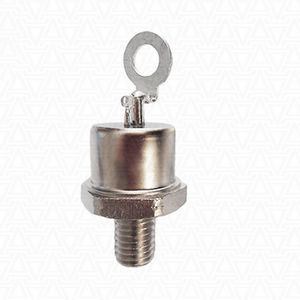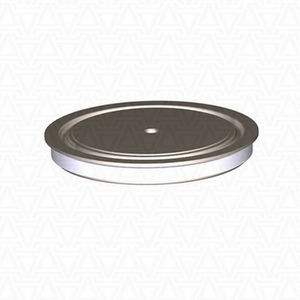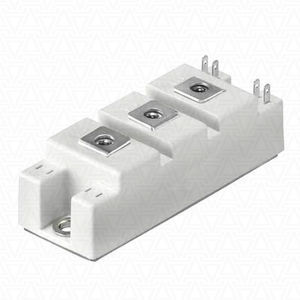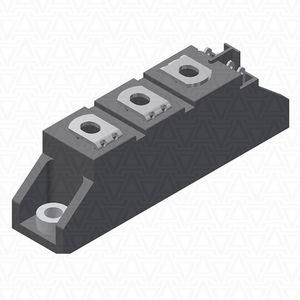
- Products
- Control thyristor
- AS ENERGI GLOBAL LLC
Phase thyristor KP300 seriesfor control








Add to favorites
Compare this product
Characteristics
- Options
- for control, phase
Description
A thyristor, also known as silicon controlled rectifier (SCR) is a solid-state unidirectional semiconductor device made of silicon. Basically, a thyristor or SCR is a four-layer silicon semiconductor structure of p-n-p-n type.
In fact, SCR (Silicon Controlled Rectifier) is a trade name given to the thyristor by General Electric Company.
The thyristor acts as a switch (or a latch), conducting when the gate receives a current trigger, and continuing to conduct until the voltage across the device is reversed or the voltage is removed. In a three-terminal thyristor, a small current at its Gate lead controls the larger current of the Anode to Cathode path.
Phase Control Thyristors are typically used in electric equipment using phase control, to change the output voltage or switch the current supply on or off, operating at low frequencies (most often near AC mains frequency).
Thyristors have very low losses in the conducting state, which makes them attractive devices for efficiently controlling very high currents and energies. All disk-type thyristors presented on this site have a standard press-pack type ceramic housing. They are pressed with a relatively high force into heat-sinks which also serve as electrical contacts to the thyristor terminals.
The forward current rating ITAV ranges from 100A to 15000A, and the range of reverse blocking voltage VRRM is from 100V to 9000V. For phase control thyristors, in contrast to fast thyristors or fast switching thyristors, the turn-on time and turn-off time are not standardized.
Today, Phase Control Thyristors (PCT) are a key component in high-power rectifiers, soft starter, power supplies
Catalogs
No catalogs are available for this product.
See all of AS ENERGI GLOBAL LLC‘s catalogs*Prices are pre-tax. They exclude delivery charges and customs duties and do not include additional charges for installation or activation options. Prices are indicative only and may vary by country, with changes to the cost of raw materials and exchange rates.


















































